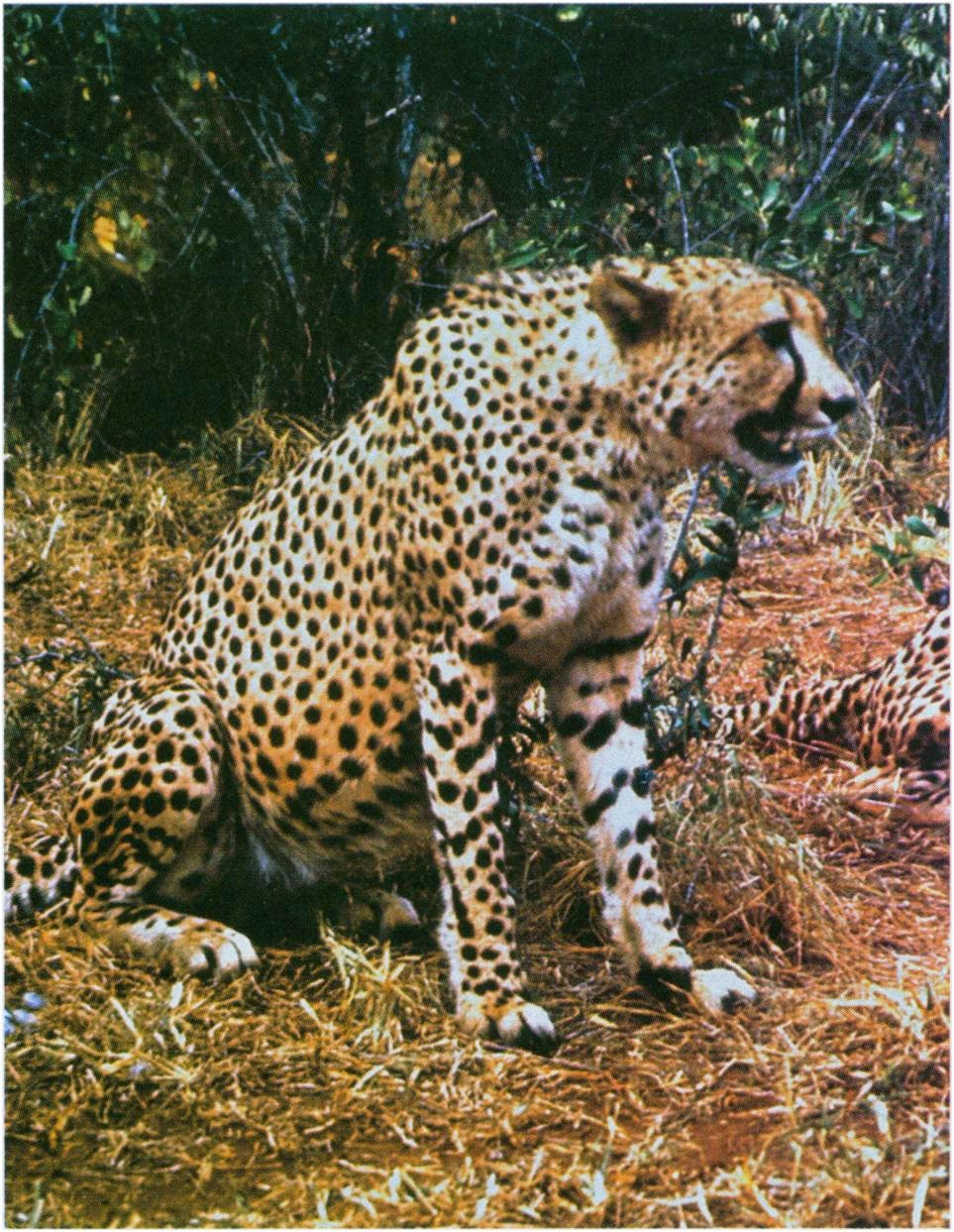What is NOT a cat?

In the past many people, maybe even yourself, have mistaken prehistoric or living organisms as 'true cats' that are in fact very different to felids, genetically and morphologically. These false cats are the result of convergent evolution and did not evolve from Proailurus . But the prehistoric mammals mentioned here were obligate carnivores, typically only hunting live prey and so they developed similar attributes to capture and kill animals. As previously mentioned felids appeared quite recently on the evolutionary time scale, while the first sabre-toothed mammals resembling cats appeared approximately 50 mya, long before the Felidae family emerged (van den Hoek Ostendel et.al 2006). The Machaeroidinae family included the very first sabre-toothed cat-like organism. Around 44mya the Nimravids appeared followed by the Barbourofelids (23mya) the name itself contains the misleading suffix 'felid'. At first the Barbourofelids were considered a subfamily of Nimravidae but i...


